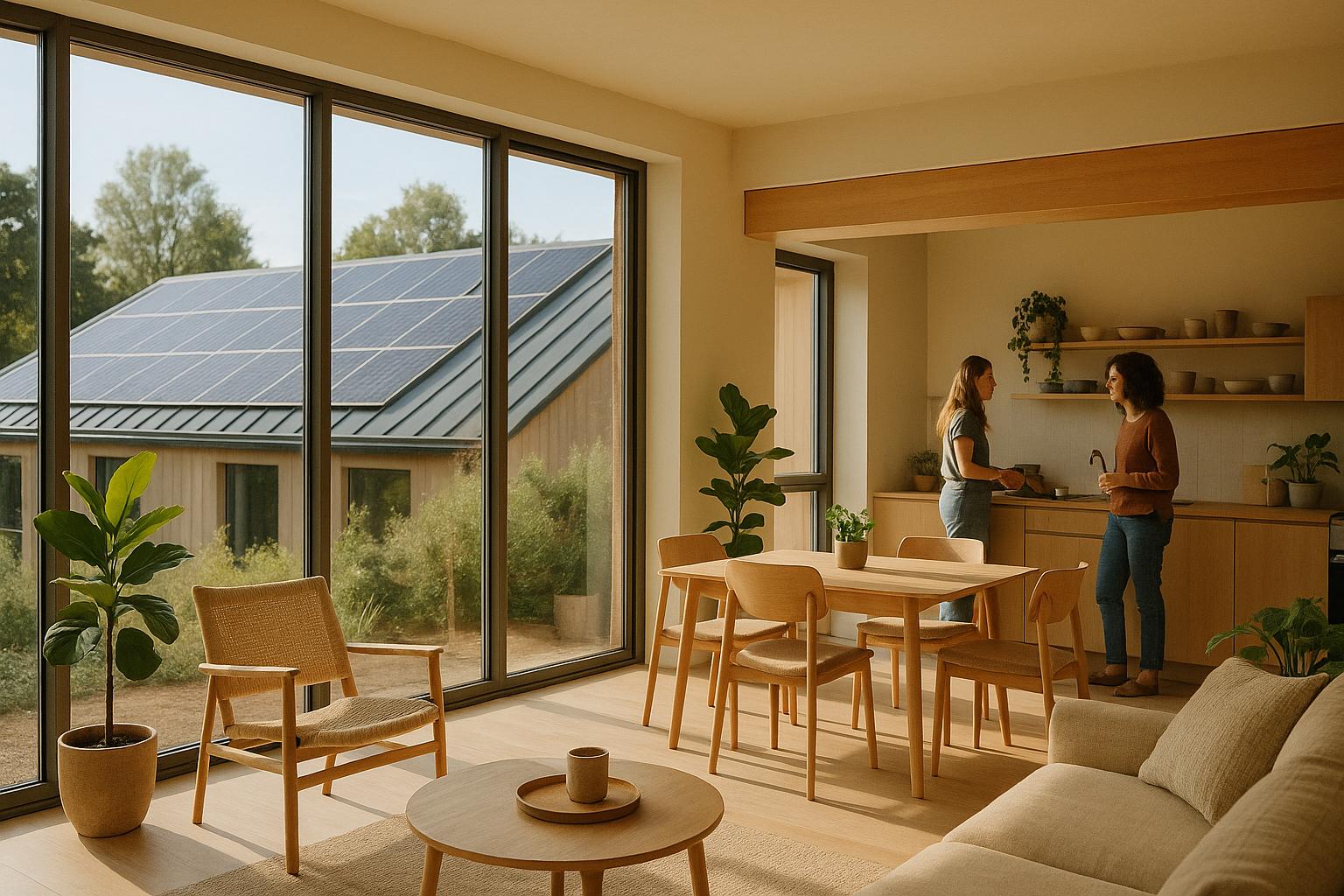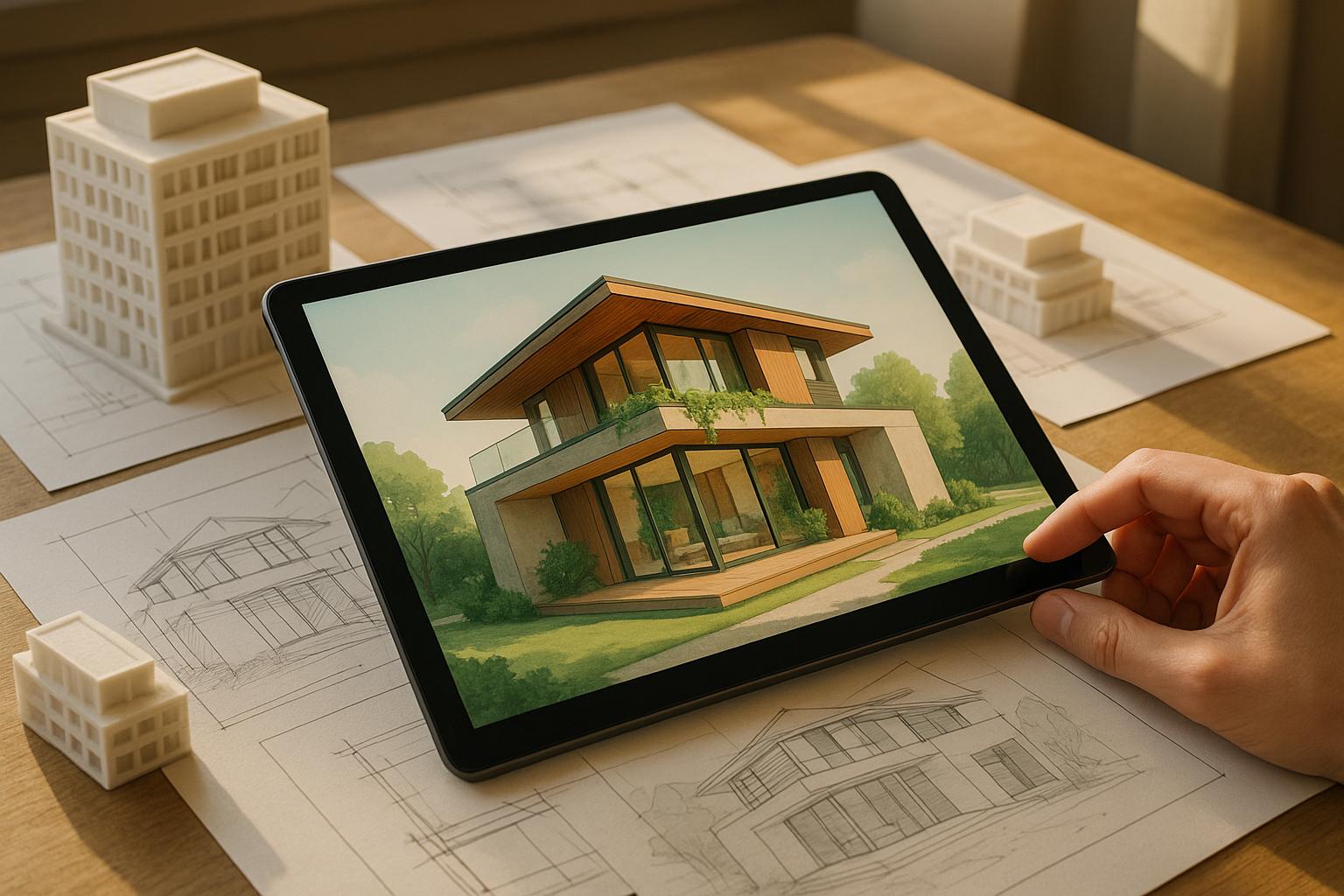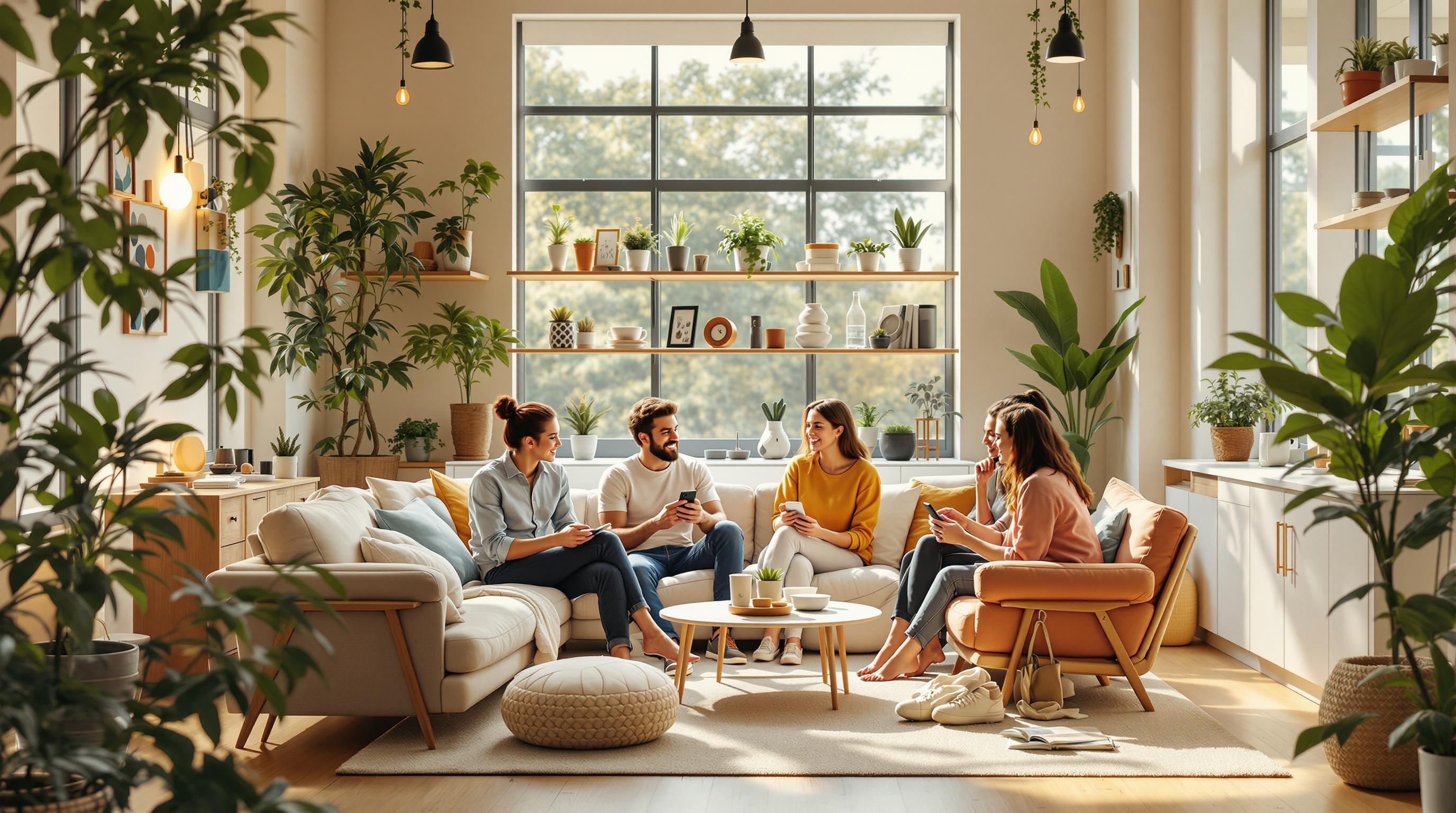As the coliving model grows popular, potential residents are curious to see these spaces before committing. This is understandable as they are sometimes planning to stay for many months.
However, offering tours may not be the best approach for coliving hosts.
Here's why:
Time-consuming with low conversion rates
Organizing and conducting viewings can be a time-intensive process. Hosts must coordinate with potential residents, prepare the space, and show them around. Despite all this effort, only a fraction of these viewings typically convert to actual tenancies. This low return on investment may not justify the time and energy spent.
Potential for resident complaints
Those insisting on seeing the property firsthand may be the individuals who are more likely to find fault with minor discrepancies once they move in. While it's natural to want to accommodate everyone, it's essential to ensure that residents align with the community's ethos and are adaptable to the coliving model.
Misrepresentation of community dynamics
A person touring the property at off-peak times, such as 2 pm on a weekday, might not get an accurate feel for the community vibe that's a hallmark of coliving spaces. The communal atmosphere is usually more vibrant during evenings and weekends when residents gather. A viewing during quieter times might give potential residents a skewed perspective.
Privacy concerns for current residents
Current residents chose a coliving space for its blend of privacy and community. However, frequent tours can disrupt this balance. It's unsettling for residents to have strangers seeing their shared spaces, potentially impacting their sense of security and comfort.
Risk of theft
With multiple people touring the property, there's an inherent theft risk. Despite the best intentions, hosts cannot monitor every visitor at every moment. Valuable items or personal belongings of current residents might be at risk.
Health and safety concerns
Minimizing in-person interactions can be preventive, especially during global health crises. Limiting the number of outsiders entering the property can reduce potential health risks to existing residents.
Environmental impact
If potential residents are traveling by car or other means to view the property, this contributes to increased carbon emissions. Hosts can position their coliving spaces by promoting pre-recorded video tours as an environmentally conscious option.
Instead, why not offer these solutions?
1-month trial
A 1-month trial is a win-win for both coliving hosts and potential residents. The first 14 days let newcomers experience the community and space firsthand, helping them decide if it aligns with their preferences. If not, they can move out at the end of the first month. Simultaneously, hosts can gauge if the resident fits well within the community dynamic. This trial fosters open communication and ensures smoother transitions if either party opts out. This policy is designed to give new residents a sense of security when signing a lease. There should be specific criteria that residents must meet to be eligible for this option and certain exceptions to the rule. If not, this could be too simple to take advantage of. Coliving.com has this option for hosts to select if they feel this could help with conversion and preventing viewings: https://coliving.com/terms/1-month-trial
3D tours
Platforms like Matterport allow hosts to create a 3D model of the property. This provides an interactive and immersive experience, allowing potential residents to explore the space in three dimensions.
Pre-recorded video tours
A simple and effective solution. The host can record a video walkthrough of the property, capturing important details and highlighting features. This video can be shared with potential residents or uploaded to Coliving.com.
Great property photos
High-quality, well-taken photos can showcase a property's features effectively. Ensure that photos cover all areas of the property, are well-lit, and are taken from angles that best represent the space.
Floor Plans
These are digital representations of the property's layout, allowing potential residents to see the dimensions of each room and how spaces relate to one another.
Community photos
To truly capture the essence of a coliving space, it's crucial to go beyond just pictures of the property and include photos of the community in action. Images of residents engaging in communal activities, shared dinners, or simply hanging out together can give potential residents a vivid glimpse into the space's daily life and social dynamics. These snapshots showcase the physical environment and convey the atmosphere, camaraderie, and unique experiences of being part of such a community.
Great descriptions
Accompanying any visual representation with a thorough written description can provide valuable context. This should include details about the property's features, the surrounding area, available amenities, and any other relevant information.
Resident testimonials and reviews
While not a direct view of the property, testimonials from current or previous residents can give potential residents an idea of living in the space. They offer an authentic insight into the resident experience.
In conclusion, while the traditional model of tours has its merits, the unique nature of coliving spaces requires a more tailored approach. Leveraging technology and prioritizing the needs and concerns of current residents can ensure a thriving community while attracting the right kind of potential residents.








